sábado, 7 de março de 2015
Performance Improvement of PWM Converter-Inverter System for AC Supplied Electric Train -HYUNGCHUL KIM -CHUNGBUK NATIONAL UNIVERSITY
ABSTRACT
Domestically in 1994, both Gwacheon and Bundang line used the GTO converter/inverter system instead of the resistance control system, which started active research on AC supplied vehicle.[3] Addition to this, introduction of high-speed railway vehicles such as KTX and tilting train has developed interest about PWM converter-inverter system and its control method.[9]
PWM converter which converts AC power into DC power has been used to maintain the sinusoidal current waveform and unity power factor in AC side. This means that the AC current controller of PWM converter has to produce very low AC current tracking error and no phase delay even though the load changes abruptly.[10-17]
The PWM converter system with feedback controller is generally constructed with double feedback loop, which consists of an inner AC current-feedback loop and an outer DC voltage-feedback loop.[7][22] These feedback loops are usually designed with PI controller, but the close interconnection between the loops complicates the frequency analysis to the design controller. When a digital controller is used, the control performance is limited to a certain value due to the low sampling rate. Therefore, the system characteristics depend on various situation, and the gain tuning of each PI controller has been basing on trial and error method conventionally considering switching frequency, sampling frequency, parameter variation, and etc.
This research proposes a robust digital current controller for a single phase AC/DC PWM converter in electric train under two main considerations. One is that overall system keeps very low AC current tracking error without any phase delay over the different load conditions, and the other is that the digital controller is designed at a fixed sampling rate.
First, we design a continuous-time controller for a continuous-time plant and then discretize the controller with the given sampling frequency. This kind of process has some disadvantages because its fidelity depends on the sampling rate and the discrete method, but it has sufficient and valuable design method in developing continuous-time linear systems. The error-space feedback control scheme to carry out the robust AC current tracking is used, which is well known as an analytic state-feedback method to give a controller the ability to track a non-decaying input perfectly and to reject a non-decaying disturbance such as a sinusoidal input. And to achieve the time response requirements, the characteristic ratio assignment (CRA) is introduced, which has the ability to deal directly with the overshoot and speed of step response in an all-pole system with arbitrary order.[25] This method is based on certain relationships between the coefficients of characteristic polynomial and the transient responses. The CRA design formulates a model matching method whose reference model is selected from a target polynomial. In this paper, the state feedback gains are determined by the CRA instead of the pole-placement method. LINK
http://www.mediafire.com/view/sxc1dk8mmveiyzp/Performance_Improvement_of_PWM_Converter-Inverter_System_for_AC_Supplied_Electric_Train.pdf
quinta-feira, 5 de março de 2015
"TEORÍA DE CONJUNTOS Y TEMAS AFINES" - Seymour Lipschutz
SURFANDO EN LA INTERNET ENCONTRE ESTE LIBRO EN LA PAGINA WEB
http://matealdia.blogspot.com.br/2012/04/teoria-de-conjuntos-y-temas-afines.html
LINK skydrive : http://sdrv.ms/Qmz8Yu
A Study on the Design of 300W Power Factor Correction using Interleaving Method-TAE-WOO KIM DEPT. OF ELECTRICAL ENGINEERING GRADUATE SCHOOL CHANGWON NATURAL UNIVERSITY
ABSTRACT
Generally, critical conduction mode(CRM) boost PFC converter used low power level and continuous conduction mode(CCM) boost PFC converter is used in medium or high power application. Critical conduction mode boost PFC converter can be used in medium or high power application by using interleaving technical. Interleaved critical conduction mode boost PFC converter can reduce current ripple for higher system reliability and smaller buck capacitor and EMI filter size. In this paper, The design of 300W PFC preconverter using interleaving method which can improve light-load efficiency and have many advantage, is presented.
terça-feira, 3 de março de 2015
Power Your Life seminar STMicroelectronics BRAZIL-ENG. ROGERIO BUENO-São Paulo – SP March 3, 2015
Power Your Life Seminar Brazil The Power Your Life Seminar goes beyond product presentation and combines new advanced concepts, basic design principles and “real world” application examples. Don’t miss this chance to discover and ask the leading industry experts your questions to help you with your next design.
Mark your calendars and join us on March 3rd or 5th , 2015 If you have a myST account, click HERE to register NOW. If you do not have a myST account, click HERE to create your account. Seminar Agenda Time Topic 9:00 AM - 9:45 AM Evolution in PFC topologies 9:45 AM - 10:45 AM Fundamentals of LLC 10:45 AM – 11:00 AM Break 11:00 AM - 11:45 AM Primary side sensing techniques: design issues and implementation 11:45 AM - 12:30 AM Understanding of Power MOSFET failure mechanisms and causes 12:30 AM - 1:30 PM Lunch 1:30 PM - 2:15 PM Optimizing the flyback topology for efficiency and standby power 2:15 PM - 3:00 PM Concepts in Digital Power Control 3:00 PM - 3:15 PM Break 3:15 PM - 5:00 PM Digital Power Control Workshop With live demonstration of development tools Seminar Details
Locations: City Date Location São Paulo – SP March 3, 2015 Golden Tower Hotel Rua Dep. Lacerda Franco, 148 – Pinheiros CEP 05418-000 Phone - 5511 3094-2200
sexta-feira, 27 de fevereiro de 2015
DESIGN AND IMPLEMENTATION OF A CURRENT SOURCE CONVERTER BASED ACTIVE POWER FILTER FOR MEDIUM VOLTAGE APPLICATIONS THESIS SUBMITTED TO THE GRADUATE SCHOOL OF NATURAL AND APPLIED SCIENCES OF MIDDLE EAST TECHNICAL UNIVERSITY BY ALPER TERC˙IYANLI
DESIGN AND IMPLEMENTATION OF A CURRENT SOURCE CONVERTER BASED ACTIVE POWER FILTER FOR MEDIUM VOLTAGE APPLICATIONS
Terciyanlı, Alper Ph.D., Department of Electrical and Electronics Engineering Supervisor : Prof. Dr. Muammer Ermis¸ Co-Supervisor : Prof. Dr. Is¸ık C¸ adırcı March 2010, 179 pages
This research work is devoted to the design, development and implementation of a Current Source Converter (CSC) based Active Power Filter (APF) for Medium Voltage (MV) applications. A new approach has been proposed to the design of the CSC based APF for reducing the converter kVA rating considerably. This design approach is called the Selective Harmonic Amplification Method (SHAM), and is based on the amplification of some selected harmonic current components of the CSC by the input filter, and the CSC control system, which is specifically designed for this purpose. The proposed SHAM has been implemented on the first industrial CSC based APF for the elimination of 11th and 13th current harmonics of 12-pulse rectifiers fed from Medium Voltage (MV) underground cables in order to comply with IEEE Std. 519-1992. 450 kVA rated APF with only 205 kVA CSC rating has been connected to the MV bus via a coupling transformer of 1600kVA, 34.5/1.1 kV. The power stage of the CSC based APF is composed of water-cooled high voltage IGBT and diode modules. Reference currents to be generated by the CSC are obtained by the use of a selective ha harmonic component. An Active damping method is also used to suppress the oscillations around the natural frequency of the input filter, excluding the harmonic components to be eliminated by APF. Simulation and field test results have shown that SHAM can successfully be applied to a CSC based APF for reduction of converter kVA rating, thus making it a cost-competitive alternative to voltage source converter based APFs traditionally used in industry applications.
LINK ORIGINAL
http://etd.lib.metu.edu.tr/upload/12611767/index.pdf
Assinar:
Postagens (Atom)









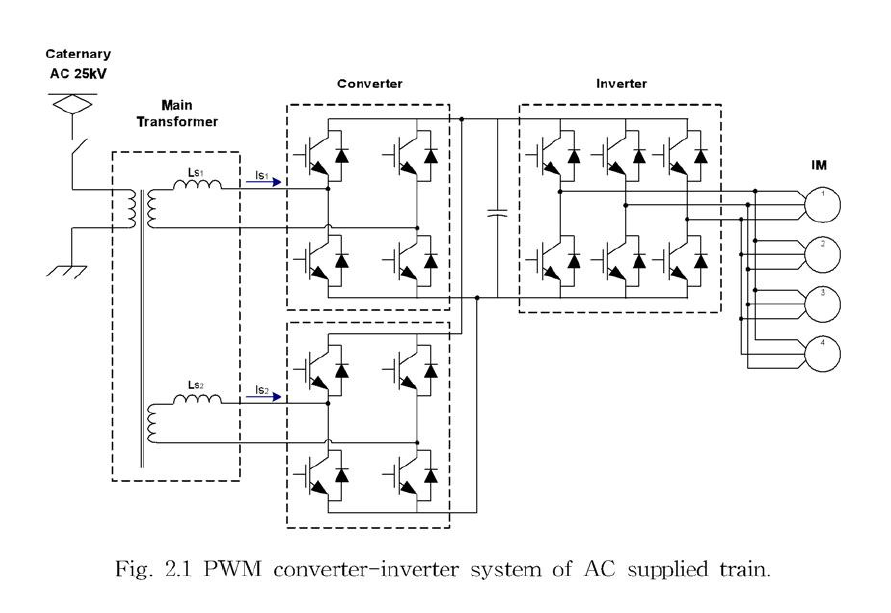
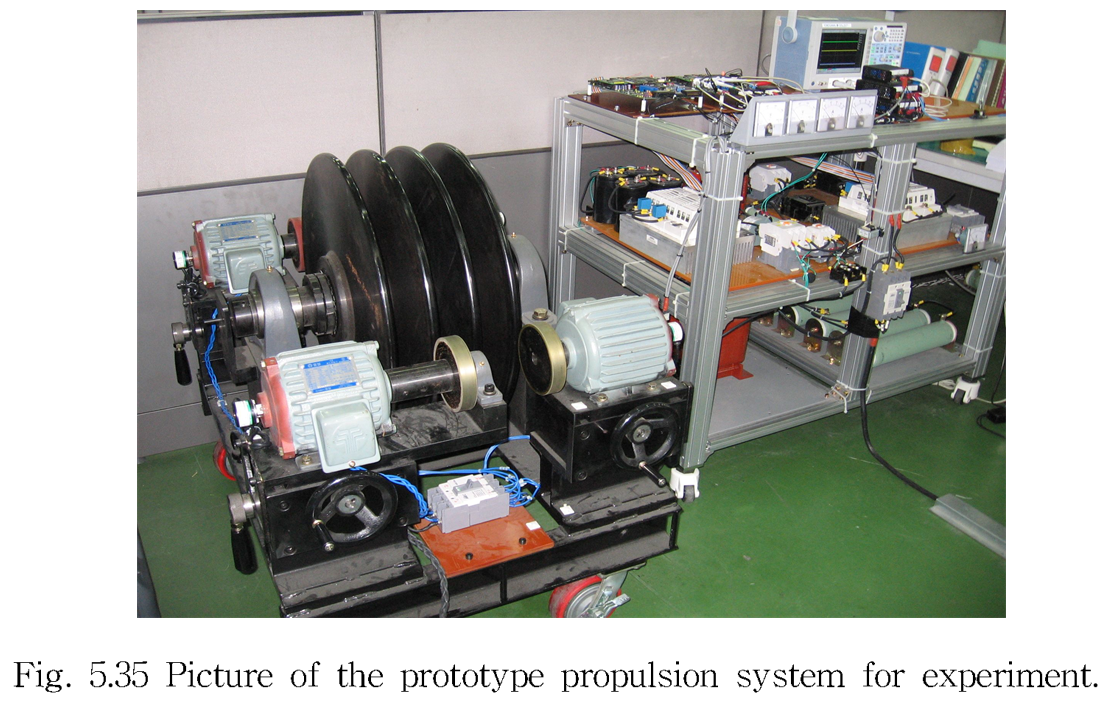

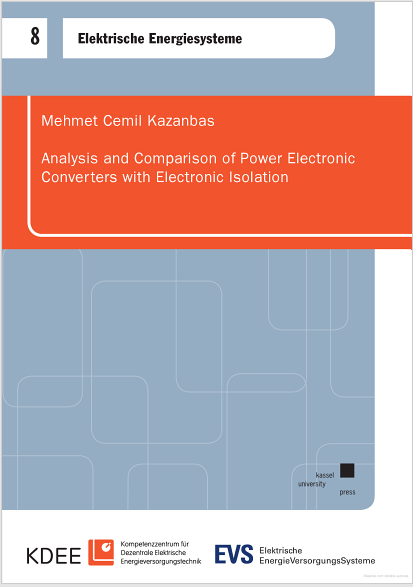
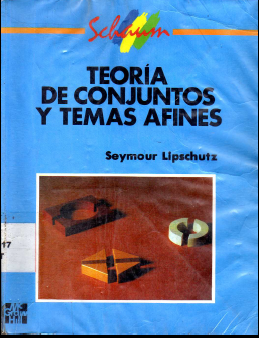
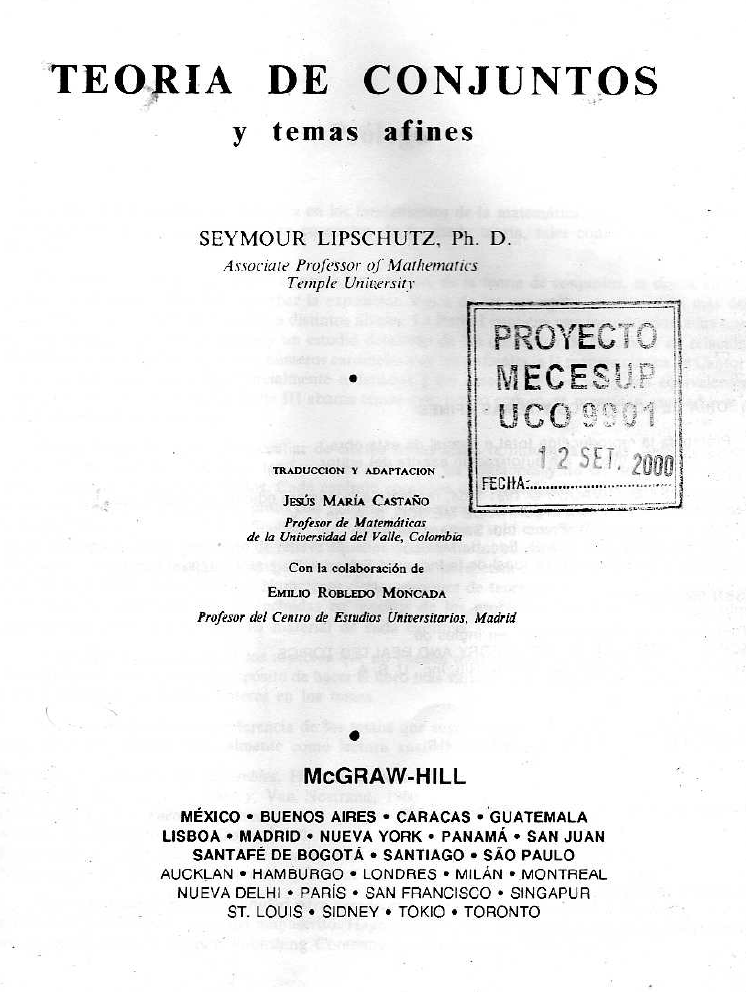
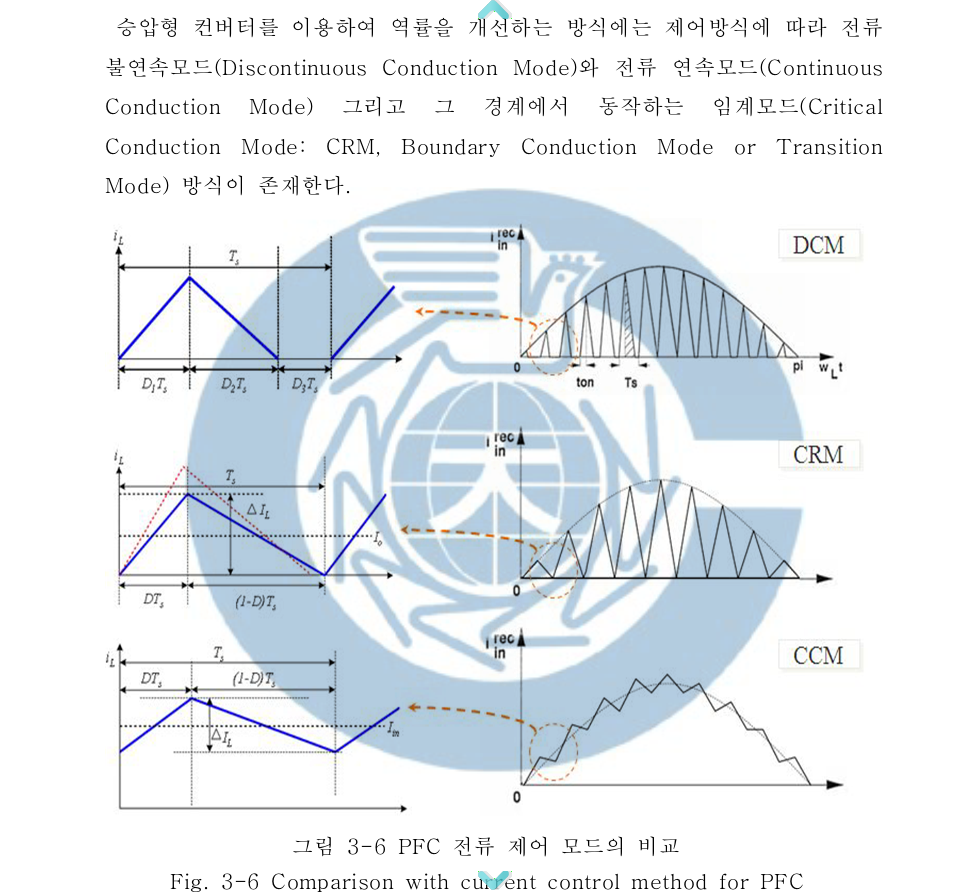
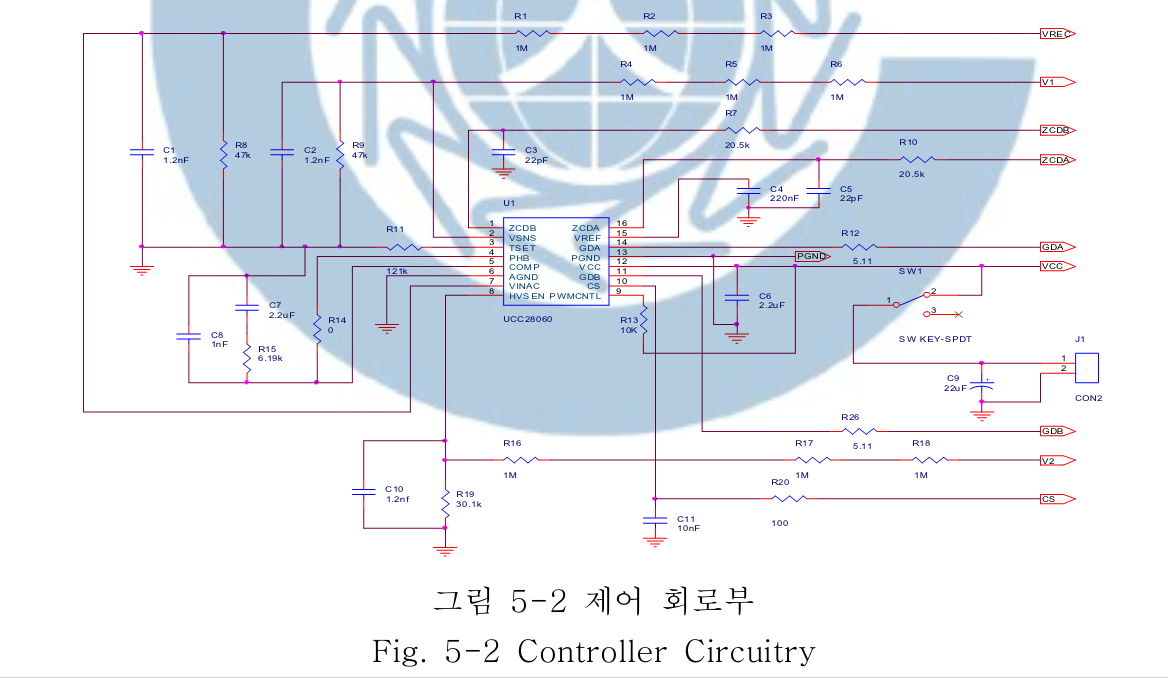
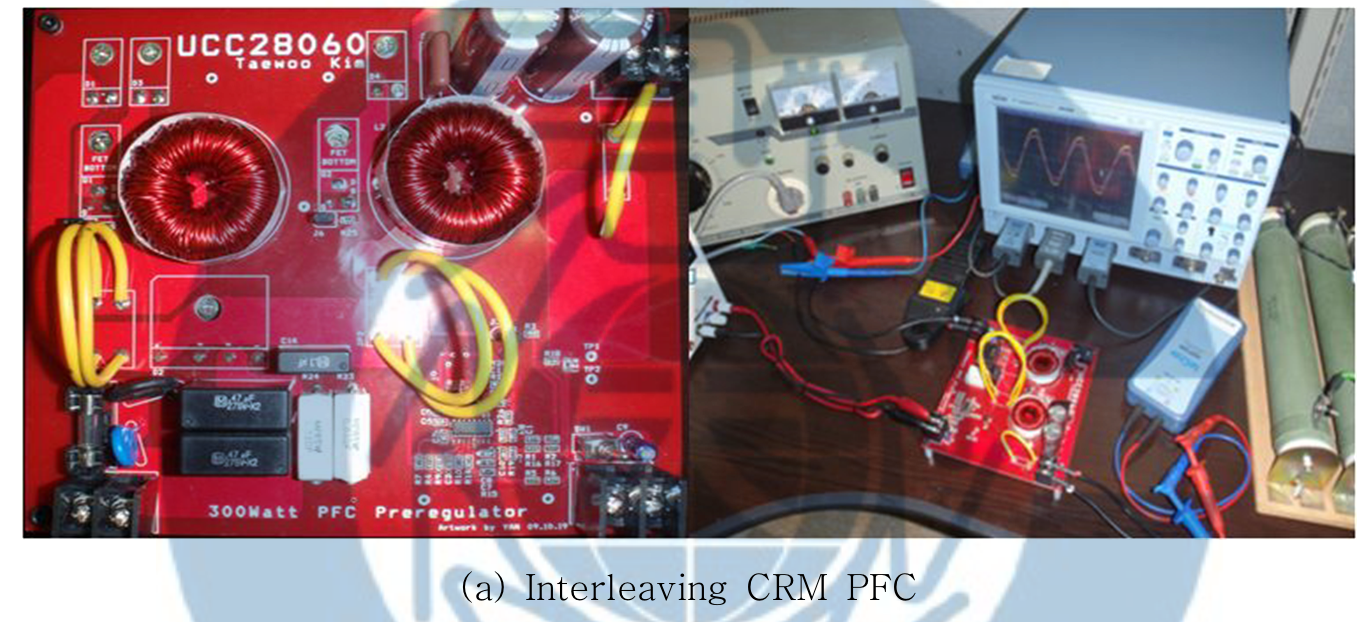
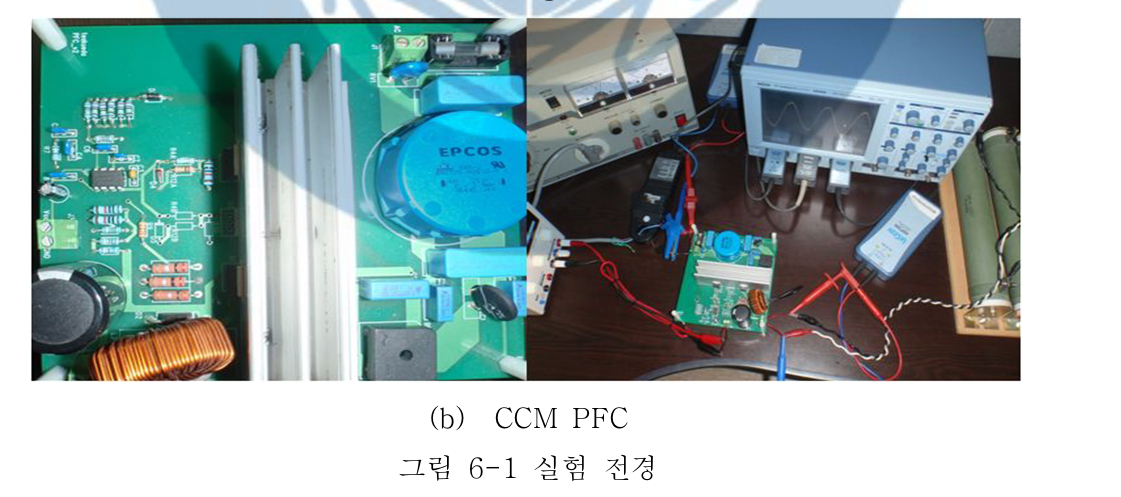
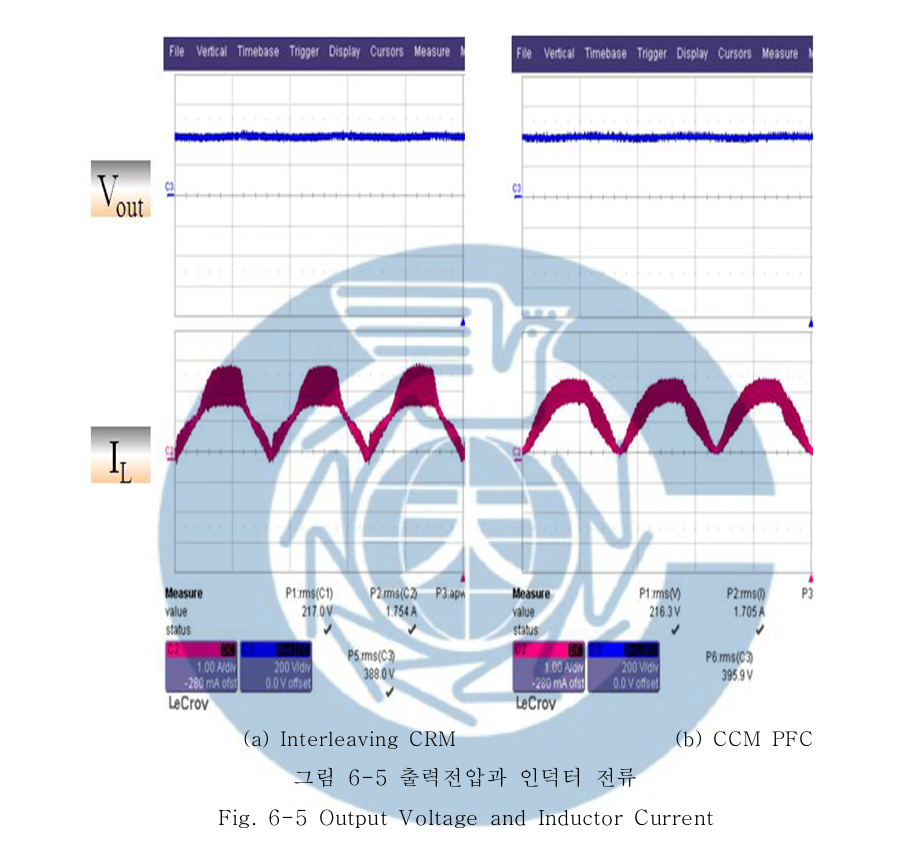
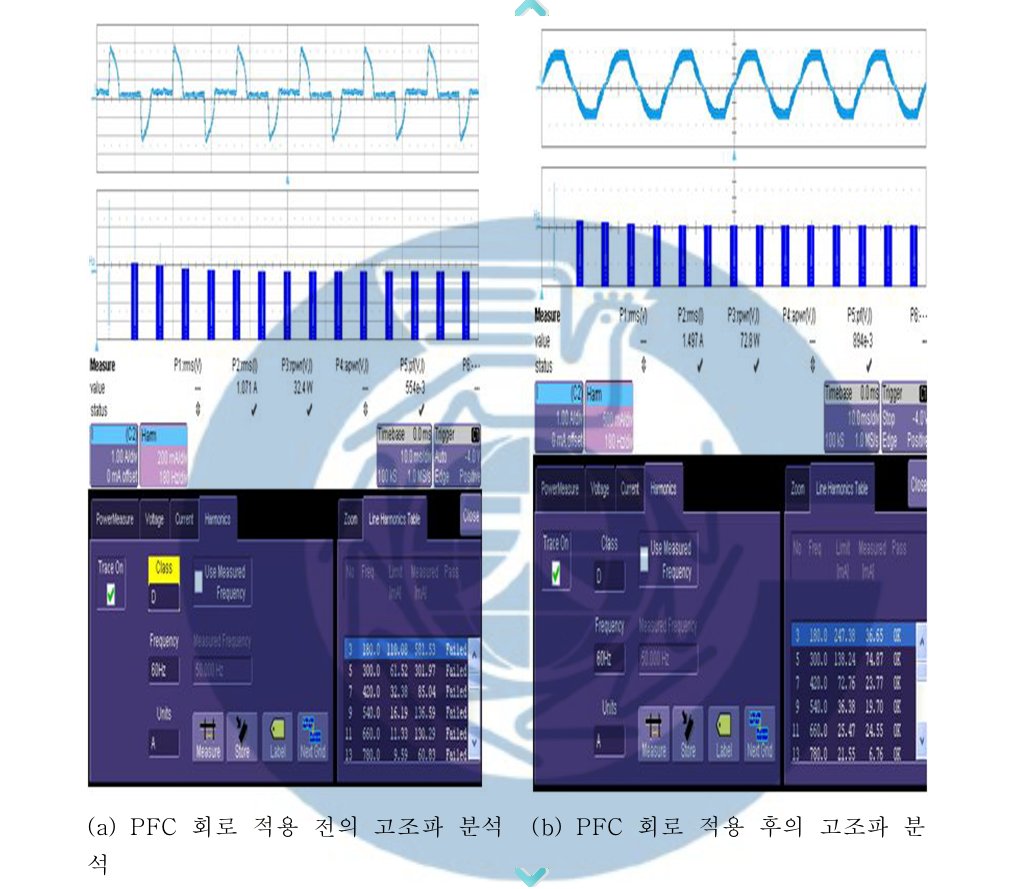









































 JOSIL ARTISTA PLASTICO FORTALEZA CEARA BRASIL AV.HERACLITO GRAÇA 41 TEL(85)32542378
JOSIL ARTISTA PLASTICO FORTALEZA CEARA BRASIL AV.HERACLITO GRAÇA 41 TEL(85)32542378















